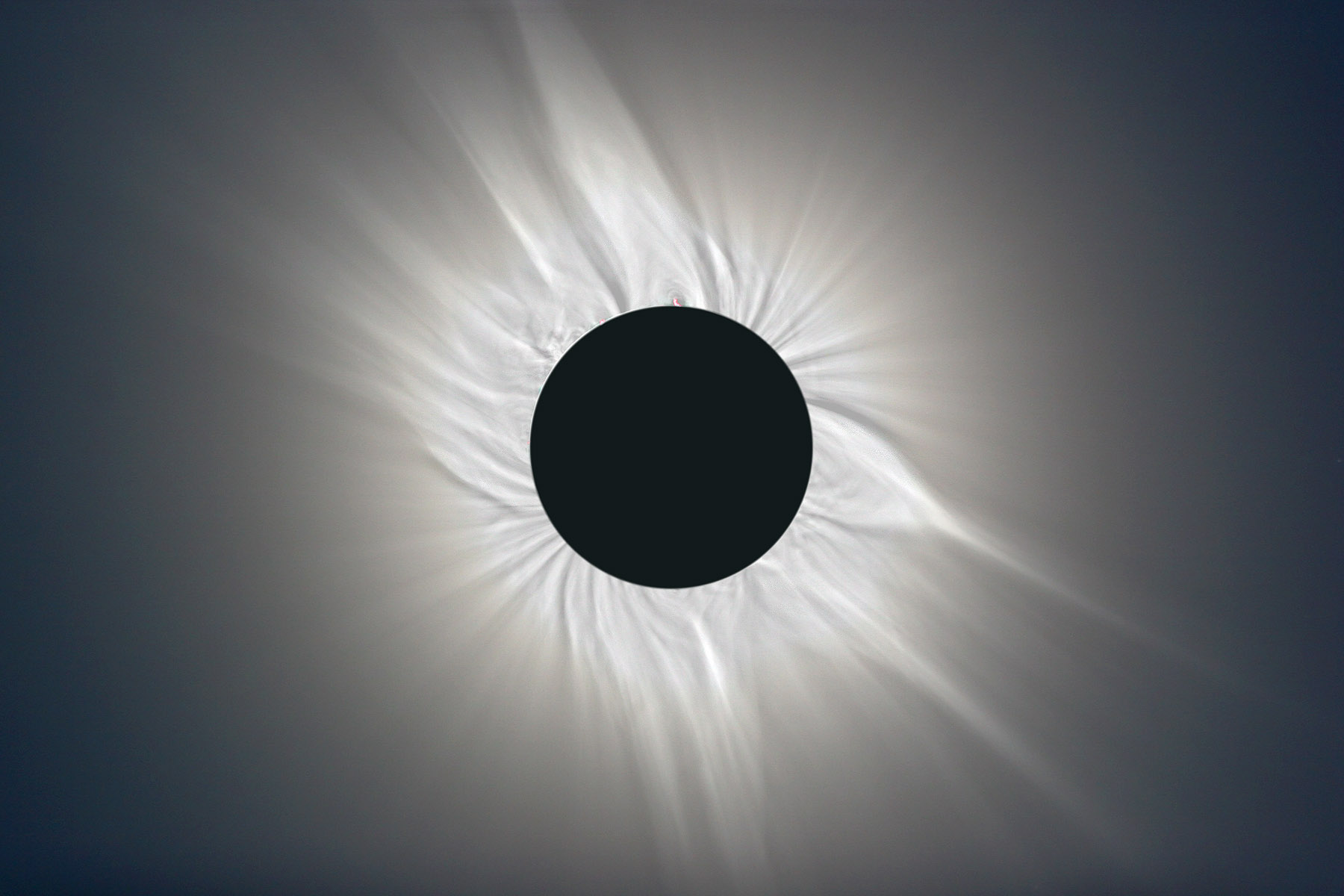IAU Chile

Tags: Solar System, Astronomy, Physics
Time: 30 June - 06 July 2019 -
Location: Copiapo, Chile
IAU Symposium: Solar and Stellar Magnetic Fields -- Origins and Manifestations
Recent observational results from space missions, such as the Solar Dynamics Observatory (SDO), Interface Region Imaging Spectrograph (IRIS), Kepler, and others that were launched in the past 10 years, as well as from the new large solar and stellar telescopes, such as GREGOR and ALMA, and advanced instrumentation, have convincingly demonstrated that the progress in our understanding of how magnetic fields are generated, emerge from the interior, organize in active regions, and cause powerful eruptions can be achieved only by developing a unified approach and studying relationships between solar and stellar magnetism. Developing a synergy of solar and stellar astronomy is essential in solving grand-challenge problems of the primary mechanisms of stellar magnetic activity and its effects on star-planet relations.
The Symposium will include an open public session on solar eclipses and planetary transits. The goal of this session is to discuss how the eclipses and transits provide new information about solar and stellar magnetic fields. In particular, the total solar eclipses provide high-resolution measurements of magnetic field in the low corona, which cannot be obtained by any other means. In addition, this session will present a broad historical overview of solar eclipses, planetary transits, their role in astronomy, as well as a general talk on habitability of exoplanets. We anticipate that this session will be of great public interest.
The Symposium will be held in the Chilean city of Copiapo close to but outside the path of the total solar eclipse. A bus tour to watch the total eclipse (July 2nd) will be organized.
SETI Institute research scientist Meng Jin will offer a talk: Coronal dimming as a proxy for stellar CMEs.
